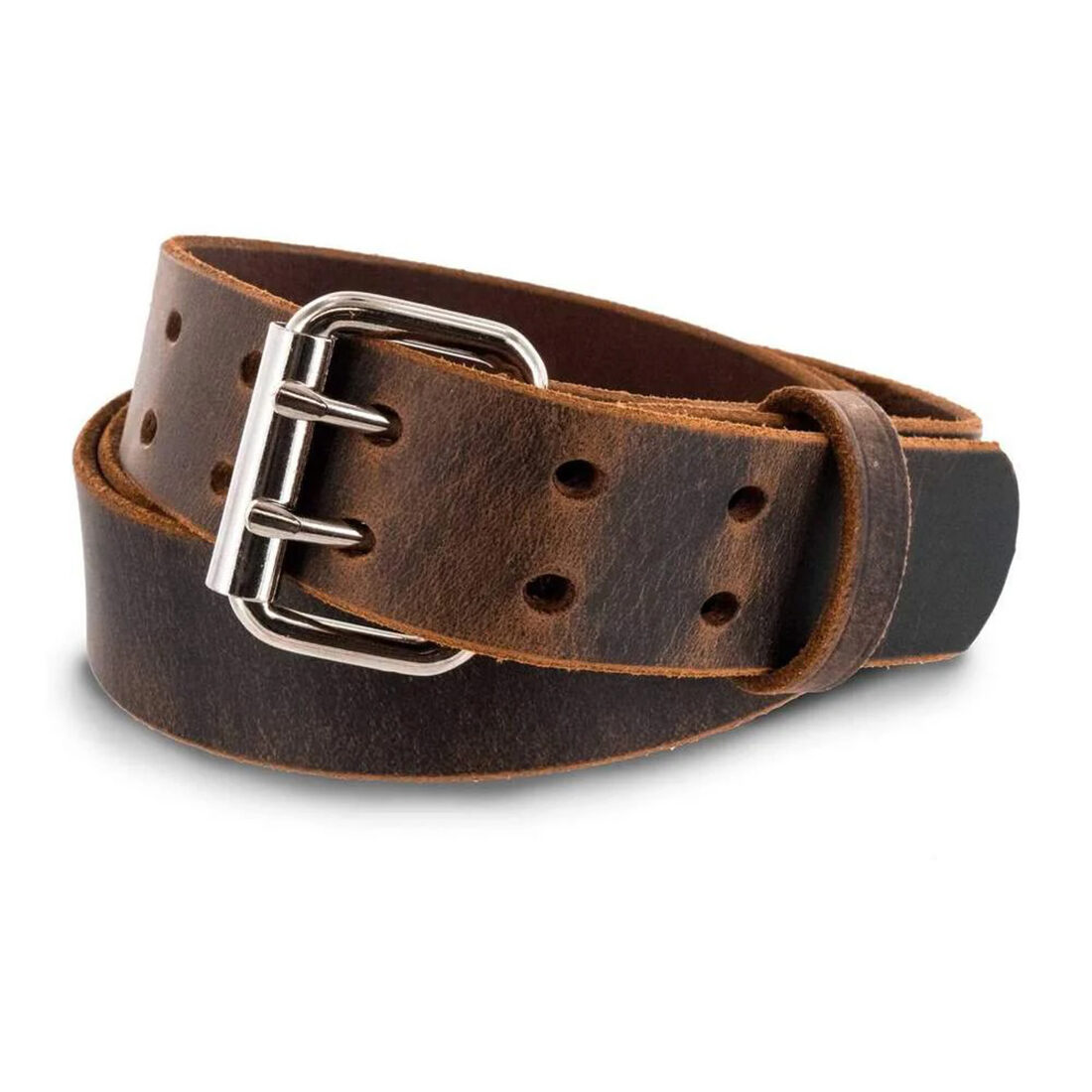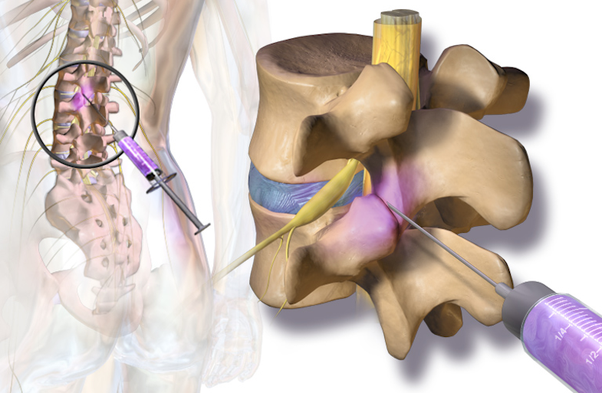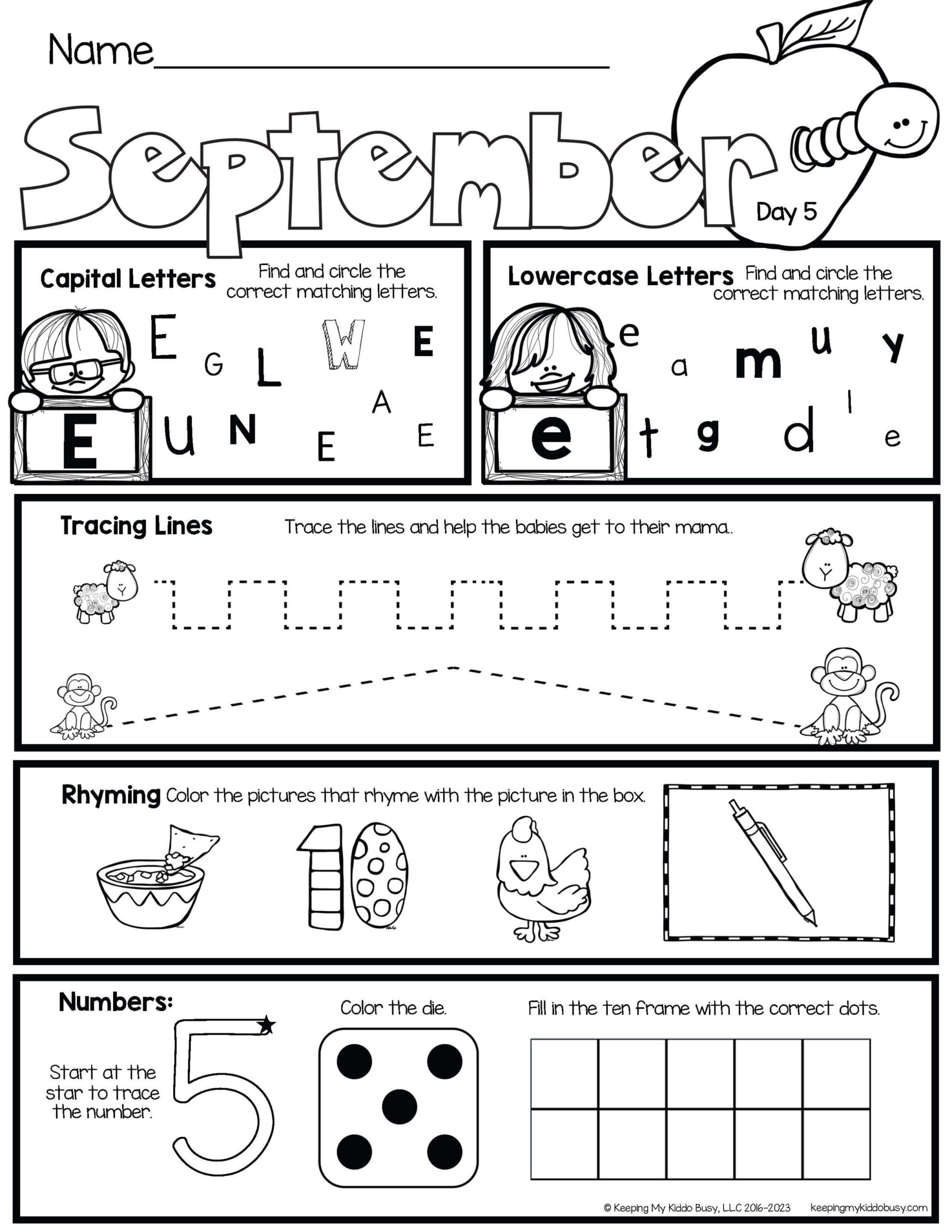
Work belts are designed to keep tools and equipment organized and within reach while working. They are typically made of durable materials such as leather or nylon and have multiple pockets and loops for carrying tools. Work belts can be adjusted to fit waists of various sizes and are often used by construction workers, electricians, plumbers, and other professionals who need to carry tools with them while working.
Work belts provide several benefits, including:
- Improved safety: By keeping tools and equipment organized and within reach, work belts help to reduce the risk of accidents.
- Increased productivity: Work belts allow workers to access their tools quickly and easily, which can help to increase productivity.
- Reduced fatigue: Work belts help to distribute the weight of tools and equipment evenly, which can reduce fatigue over time.
Work belts have been used for centuries by workers in a variety of industries. The first work belts were simple leather belts with a few pockets or loops. Over time, work belts have evolved to become more sophisticated, with a variety of features and accessories available. Today, work belts are an essential piece of equipment for many professionals.
1. Durability
Durability is an essential aspect of work belts because they are subjected to the rigors of the workplace. Work belts are often used in harsh environments, such as construction sites and factories, where they are exposed to dirt, dust, and chemicals. They may also be subjected to heavy use, such as carrying heavy tools and equipment. As a result, work belts need to be made of durable materials that can withstand these conditions.
The most common materials used for work belts are leather and nylon. Leather is a strong and durable material that is resistant to abrasion and tearing. Nylon is a synthetic material that is also strong and durable, and it is often used for work belts because it is lightweight and flexible.
The durability of a work belt is important because it affects the safety and productivity of the wearer. A durable work belt will help to keep tools and equipment secure and within reach, which can reduce the risk of accidents. A durable work belt will also last longer, which can save money in the long run.
When choosing a work belt, it is important to consider the durability of the materials used. A work belt made of durable materials will be more likely to withstand the rigors of the workplace and provide years of reliable service.
2. Functionality
Functionality is a key aspect of work belts, as they are designed to provide easy access to tools and equipment while working. The multiple pockets and loops on work belts allow users to organize and carry a variety of items, including tools, fasteners, and other essential gear. This functionality is crucial for professionals who need to have their tools close at hand, such as construction workers, electricians, and plumbers.
- Organization: The multiple pockets and loops on work belts help users to organize their tools and equipment, keeping them separated and easily accessible. This organization can save time and frustration, especially when working in fast-paced or demanding environments.
- Accessibility: The pockets and loops on work belts are designed to provide quick and easy access to tools and equipment. This is especially important for tasks that require frequent use of specific tools, as it allows users to retrieve and replace tools without having to fumble or search through a toolbox.
- Efficiency: The functionality of work belts contributes to overall efficiency by allowing users to work more quickly and effectively. With tools and equipment within easy reach, users can focus on the task at hand without having to stop and search for the necessary items.
- Safety: The organization and accessibility provided by work belts can also contribute to safety in the workplace. By keeping tools and equipment secure and within reach, work belts help to reduce the risk of accidents or injuries that could be caused by loose or misplaced tools.
In summary, the functionality of work belts, with their multiple pockets and loops for carrying tools and equipment, is essential for professionals who need to work efficiently and safely. The organization, accessibility, and efficiency provided by work belts contribute to increased productivity and reduced risk of accidents, making them an indispensable piece of equipment for various industries.
3. Comfort
Comfort is a crucial aspect of work belts, as they are often worn for extended periods during work shifts. Discomfort can lead to fatigue, reduced productivity, and even health issues. Therefore, work belts are designed with comfort in mind, incorporating features that minimize discomfort and promote well-being throughout the workday.
One key element of comfort in work belts is the use of padded materials. Padding is incorporated into the belt’s interior, providing cushioning and support to the wearer’s waist and hips. This padding helps to distribute the weight of the tools and equipment carried on the belt, reducing pressure points and minimizing discomfort. Additionally, the padding acts as a barrier between the wearer’s skin and the belt’s materials, preventing chafing and irritation.
Another important factor contributing to the comfort of work belts is their adjustability. Work belts typically feature adjustable buckles or straps, allowing users to customize the fit to their body size and shape. A proper fit ensures that the belt is snug enough to provide support without being too tight or constricting. This adjustability is particularly important for workers who engage in activities that require bending, climbing, or other movements that could cause the belt to shift or become uncomfortable.
The choice of materials used in work belts also plays a role in comfort. Breathable materials, such as mesh or canvas, are often incorporated into the belt’s design to promote airflow and prevent moisture buildup. This helps to keep the wearer cool and comfortable, especially during strenuous activities or in warm environments. Additionally, moisture-wicking materials can help to draw sweat away from the skin, further enhancing comfort.
In summary, the comfort of work belts is achieved through a combination of design features and material choices. Padding, adjustability, and breathable materials work together to minimize discomfort, reduce fatigue, and promote well-being for workers who wear work belts for extended periods.
4. Safety
Work belts play a crucial role in workplace safety by ensuring that tools and equipment are organized and within easy reach. This organization reduces the risk of accidents by eliminating the need for workers to fumble around for tools or equipment while on the job. Additionally, work belts help to prevent accidents by securely holding tools and equipment in place, preventing them from falling or becoming dislodged during use.
- Organized Tools and Equipment: Work belts provide designated spaces for tools and equipment, ensuring that each item has a specific place. This organization allows workers to quickly and easily locate the tools they need, reducing the risk of accidents caused by searching for or misplacing tools.
- Within Easy Reach: Work belts are designed to keep tools and equipment within easy reach of the worker’s hands. This eliminates the need for workers to bend, stretch, or climb to access tools, reducing the risk of slips, trips, falls, and other accidents.
- Secure Hold: Work belts securely hold tools and equipment in place, preventing them from falling or becoming dislodged during use. This secure hold reduces the risk of accidents caused by dropped tools or equipment, which could injure workers or damage property.
- Reduced Risk of Accidents: By addressing these factors, work belts help to reduce the risk of accidents in the workplace. Organized tools and equipment, easy accessibility, and a secure hold all contribute to a safer work environment for employees.
In conclusion, the connection between “Safety: Work belts help to keep tools and equipment organized and within reach, which can reduce the risk of accidents.” and “work belts” is inseparable. Work belts are essential safety equipment that helps to prevent accidents by keeping tools and equipment organized, within easy reach, and securely held in place.
5. Productivity
The connection between “Productivity: Work belts allow workers to access their tools quickly and easily, which can help to increase productivity.” and “work belts” is significant. Work belts are designed to keep tools and equipment organized and within reach, enabling workers to access the tools they need quickly and easily. This efficiency contributes directly to increased productivity and improved workflow.
In real-world applications, work belts play a crucial role in various industries. For instance, in construction, carpenters and electricians rely on work belts to carry their essential tools, allowing them to work more efficiently and complete tasks faster. Similarly, in manufacturing, assembly line workers use work belts to keep their tools organized and within reach, reducing the time spent searching for tools and increasing their overall productivity.
Understanding the connection between “Productivity: Work belts allow workers to access their tools quickly and easily, which can help to increase productivity.” and “work belts” is essential for businesses and workers alike. By providing workers with the right tools and equipment, businesses can empower them to work more efficiently and productively, leading to increased output and improved profitability. For workers, using work belts can help them to improve their productivity, reduce fatigue, and enhance their overall job satisfaction.
6. Versatility
Work belts are versatile pieces of equipment that offer numerous benefits across diverse industries. Their ability to accommodate various tools and equipment, combined with their durability and customizable features, makes them indispensable for professionals in a wide range of fields.
- Construction: Work belts are essential for construction workers, providing easy access to essential tools such as hammers, pliers, screwdrivers, and tape measures. The durability of work belts ensures they can withstand the rigors of construction sites, while adjustable features allow for a comfortable and secure fit.
- Electrical: Electricians rely on work belts to carry specialized tools and equipment, including wire strippers, pliers, and voltage testers. The versatility of work belts allows electricians to organize and carry these tools efficiently, ensuring they are readily available for electrical installations, maintenance, and repairs.
- Plumbing: Work belts are indispensable for plumbers, providing secure storage for tools such as wrenches, pipe cutters, and drain augers. The ability of work belts to accommodate a variety of tool sizes and shapes makes them ideal for plumbers working in confined spaces or on complex plumbing systems.
- Manufacturing: Work belts play a crucial role in manufacturing environments, allowing workers to carry essential tools and equipment needed for assembly, maintenance, and inspection tasks. The durability and adjustability of work belts ensure they can withstand the demands of factory floors and production lines.
In conclusion, the versatility of work belts lies in their adaptability to diverse industries and applications. Their ability to accommodate a wide range of tools and equipment, combined with their durable construction and customizable features, makes them indispensable for professionals seeking efficient and organized tool storage solutions.
Frequently Asked Questions about Work Belts
Work belts are an essential piece of equipment for many professionals. Frequently asked questions about work belts include:
Question 1: What are work belts used for?
Answer: Work belts are designed to keep tools and equipment organized and within reach while working. They are typically made of durable materials such as leather or nylon and have multiple pockets and loops for carrying tools.
Question 2: What are the benefits of using work belts?
Answer: Work belts provide several benefits, including improved safety, increased productivity, and reduced fatigue. By keeping tools and equipment organized and within reach, work belts help to reduce the risk of accidents, increase productivity by allowing workers to access their tools quickly and easily, and reduce fatigue by distributing the weight of tools and equipment evenly.
Question 3: What are the different types of work belts?
Answer: There are a variety of different types of work belts available, each designed for a specific purpose. Some common types of work belts include tool belts, electrical belts, and lineman’s belts.
Question 4: How do I choose the right work belt?
Answer: When choosing a work belt, it is important to consider the following factors: the type of work you do, the tools and equipment you need to carry, and your comfort level. It is also important to make sure that the work belt fits properly.
Question 5: How do I care for my work belt?
Answer: To care for your work belt, it is important to clean it regularly and to store it in a dry place. It is also important to avoid overloading your work belt, as this can cause it to break.
Question 6: What are some tips for using work belts safely?
Answer: To use work belts safely, it is important to follow these tips: always wear your work belt when working, make sure that your work belt fits properly, and do not overload your work belt.
By following these tips, you can help to ensure that you are using your work belt safely and effectively.
Work belts are an essential piece of equipment for many professionals. By understanding the answers to these frequently asked questions, you can choose the right work belt for your needs and use it safely and effectively.
If you have any further questions about work belts, please consult with a qualified professional.
Work Belt Tips
Work belts are an essential piece of equipment for many professionals. They provide several benefits, including improved safety, increased productivity, and reduced fatigue. Here are five tips for using work belts effectively:
Tip 1: Choose the right work belt for your needs.
There are a variety of different types of work belts available, each designed for a specific purpose. Consider the type of work you do, the tools and equipment you need to carry, and your comfort level when choosing a work belt.
Tip 2: Make sure your work belt fits properly.
A work belt that is too loose will not provide adequate support, while a work belt that is too tight will be uncomfortable and could restrict your movement. To ensure a proper fit, adjust the belt so that it is snug but not too tight.
Tip 3: Don’t overload your work belt.
Overloading your work belt can cause it to break or become uncomfortable. Only carry the tools and equipment that you need for the job at hand.
Tip 4: Clean your work belt regularly.
Dirt and debris can build up on your work belt over time. To keep your work belt clean, wipe it down with a damp cloth or brush it off with a soft brush. You can also wash your work belt in the washing machine on a gentle cycle.
Tip 5: Store your work belt in a dry place.
When you’re not using your work belt, store it in a dry place to prevent it from rusting or mildewing.
By following these tips, you can help to ensure that you are using your work belt safely and effectively.
Summary of key takeaways or benefits:
- Choosing the right work belt for your needs can help to improve safety, increase productivity, and reduce fatigue.
- Making sure your work belt fits properly is important for comfort and safety.
- Avoiding overloading your work belt can help to prevent it from breaking or becoming uncomfortable.
- Cleaning your work belt regularly can help to keep it in good condition.
- Storing your work belt in a dry place can help to prevent it from rusting or mildewing.
By following these tips, you can get the most out of your work belt and ensure that it lasts for many years to come.
Conclusion
Work belts are an essential piece of equipment for many professionals. They provide several benefits, including improved safety, increased productivity, and reduced fatigue. By choosing the right work belt for your needs, making sure it fits properly, and using it safely, you can get the most out of your work belt and ensure that it lasts for many years to come.
In conclusion, work belts are a valuable investment for any professional who needs to carry tools and equipment while working. By understanding the different types of work belts available, choosing the right one for your needs, and using it properly, you can improve your safety, productivity, and comfort on the job.



